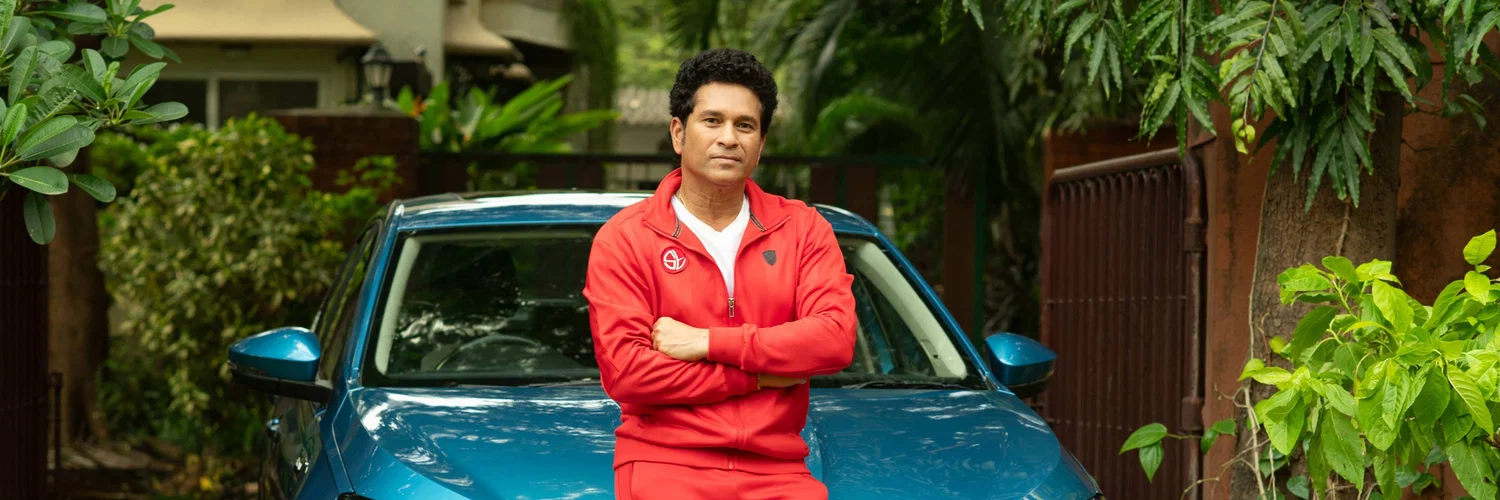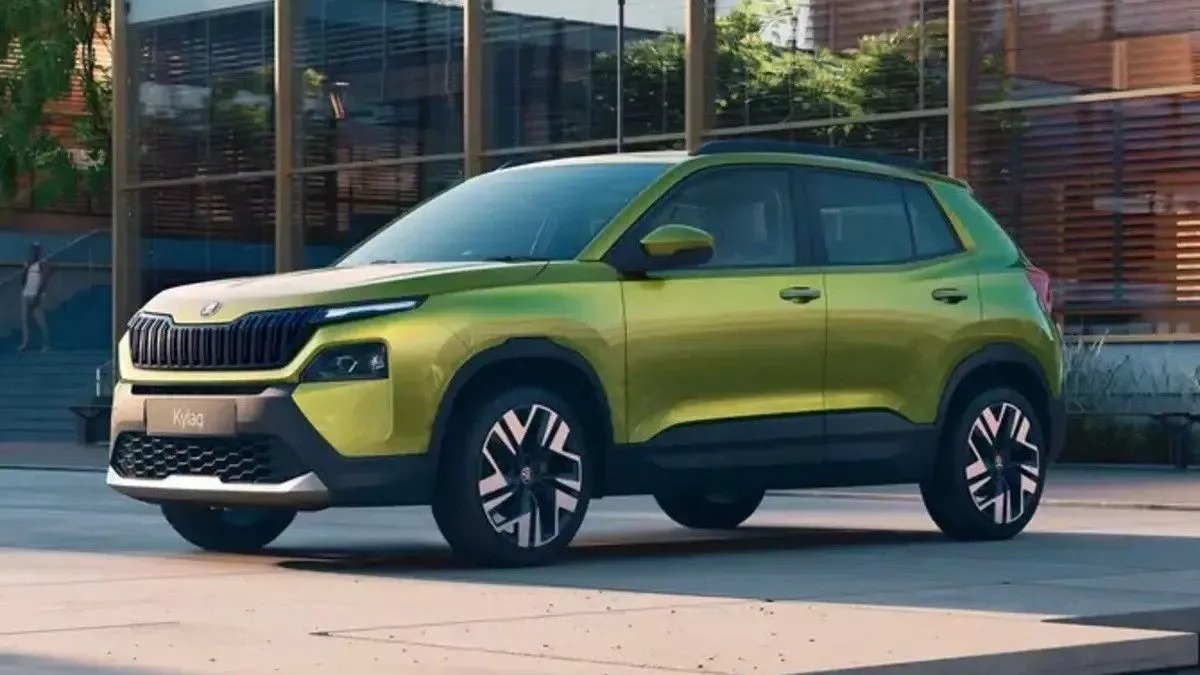The Toyota Fortuner is one of the most famous SUVs in India that has been rated with a perfect 5 star safety rating by the ASEAN NCAP (New Car Assessment Program for Southeast Asian Countries) programme. Available at an ex-showroom price between Rs. 33.78 lakh and Rs. 51.94 lakh, the Fortuner holds significant appeal for anyone in search of a robust and versatile SUV perfect for city driving and off-road explorations. The Toyota brand reputation for providing tough and safe vehicles is aptly reflected in the case of the Fortuner. This article discusses everything you need to know about Toyota Fortuner safety ratings, Toyota Fortuner NCAP rating and more.
Toyota Fortuner NCAP Safety Rating
While the Indian version of Toyota Fortuner has not been tested by Bharat NCAP, it has earned a 5-star safety rating from the Global NCAP. Also, ASEAN NCAP tests are very similar to the ones done in Bharat NCAP which gives us the confidence to rely on it.
The Toyota Fortuner has been awarded a stellar 5-star safety rating by the Australasian New Car Assessment Program (ANCAP). This award underlines Toyota’s commitment to protect passengers and affirms Fortuner’s position as a vehicle that can be used in various conditions.
The ANCAP test covers a comprehensive range of measures regarding a vehicle’s safety. These include protecting adult and child occupants, protecting vulnerable road users, and evaluating safety assist technologies. The Fortuner performed excellently in all these categories, making it one of the safest SUVs in its class. Here’s a detailed account of its performance.
Toyota Fortuner Adult Occupant Protection Rating
The Fortuner scored an impressive 95% in Adult Occupant Protection, thus scoring 36.3 points out of 38. Below are the main highlights of the ANCAP report:
- Bodyshell Integrity: Frontal offset testing showed that the shape of the passenger compartment remained consistent. The ratings for protection against impact in the critical areas of the head, chest, and legs were all good.
- Side Impact Protection: The tests for side impact and oblique pole were awarded the maximum points, and good protection was observed for all major body areas.
- Frontal Tests: The frontal offset test showed adequate protection for the driver’s chest and lower legs; the full-width frontal test demonstrated good protection for most of the critical areas.
- Whiplash Protection: Rated 1.46 out of 2, meaning adequate protection against rear-impact collisions.
- AEB Performance: The Autonomous Emergency Braking (AEB) system effectively avoided all collisions at city speeds.
These results demonstrate the sturdy build quality and the Fortuner’s sophisticated safety technologies that ensure maximum protection for adult occupants in several crash scenarios.
Toyota Fortuner Child Occupant Protection Rating
The Fortuner scored 84% in Child Occupant Protection and 41.5 points out of 49. This score demonstrates Toyota’s commitment to providing all-rounded protection to its younger occupants.
- Dynamic Tests: In the frontal offset test, the protection offered to the head and neck of the 6-year-old dummy was Marginal, while it was Good for the 10-year-old dummy. The side impact tests showed good protection in all critical areas.
- CRS Installation: ISOFIX anchor points and top tethers are available in the Fortuner’s second-row seating for the safe installation of child restraints. However, top tethers are not provided in the third row, so child restraints must not be installed there.
- Onboard Safety Features: This SUV, which scored 9 out of 13, has important safety features, including seatbelt reminders and ISOFIX mounts, to protect child passengers.
However, to be specific about child safety, Toyota placed children in restraint systems with ISOFIX anchors, ensuring that they stay safe and families don’t have to worry about them as they travel.
Vulnerable Road User Protection
The Toyota Fortuner scored 88% in Vulnerable Road User Protection, earning 42.3 points out of 48.
- Impact Absorbing Structure: The front structure of the Fortuner is designed to minimise injury to pedestrians and motorcyclists in case of a collision.
- Emergency Brake Signals: The car’s autonomous emergency braking system can detect pedestrians and cyclists, significantly reducing the risk of collisions in urban settings.
- Head and Leg Impact Protection: Tests showed good results in minimising injuries to a pedestrian’s head and lower legs.
This makes the Fortuner a safer option for its passengers and other road users, consistent with international standards.
Safety Assist Technology
The Toyota Fortuner scored 78% in Safety Assist features, which were found to work very well in preventing accidents.
- ABS with EBD: Helps in stable braking, which prevents wheel locking.
- ADAS: Comprises Autonomous Emergency Braking, Lane Keep Assist, and Lane Departure Warning.
- Speed Assist System: This system supports drivers in ensuring they drive safely by displaying the current speed limit in real-time.
- Hill Start Assist and Traction Control: Increases safety and control on tough terrain.
Toyota Fortuner Safety Features
The Toyota Fortuner has been bestowed with advanced safety features that work together to protect the occupants and aid the driver in different situations. Let’s dive into what this SUV has to offer:
Standard Safety Features
- Airbags: Dual front airbags, side chest-protecting airbags, side head-protecting curtain airbags, and a driver knee airbag.
- ABS with EBD: Prevents wheel lock-up and ensures stability during hard braking.
- Vehicle Stability Control (VSC): Helps to stabilise the vehicle and prevent skidding, especially during cornering.
- Traction Control System (TCS): Stabilises slippery roads by managing wheel spin.
- Hill Assist Control (HAC): Prevents rollback on uphill slopes.
- ISOFIX Anchors: Provides secure and safe installation of child seats on the second-row outboard seats.
Advanced Safety Features
- Autonomous Emergency Braking (AEB): Alerts the driver to any obstacle and, if necessary, applies the brakes to avoid a collision.
- Lane Keep Assist (LKA) and Lane Departure Warning (LDW): Warn the driver if the vehicle drifts out of its lane, helping to keep the vehicle centred.
- Advanced Speed Assistance System (SAS): Assists the driver in maintaining a safe speed by providing speed limit information.
- Emergency Brake Signal: Warns other road users in the case of sudden braking by flashing the brake lights.
- Anti-theft Alarm: Helps to improve vehicle security by sensing unauthorised access or damage.
Why Is the Fortuner So Safe and Reliable?
Toyota’s rooted approach to safety begins with the Fortuner’s structural integrity. The SUV is based on Toyota’s TNGA platform, which offers superior crash energy absorption and stability. Its body is crafted from high-strength steel, making it lightweight yet durable. Thus, it minimises the effects of collisions while improving fuel efficiency.
FAQs
Q. What is the Toyota Fortuner’s ANCAP safety rating?
A: The Toyota Fortuner has earned a 5-star ANCAP safety rating, showcasing its robust build quality and advanced safety features.
Q. Does the Fortuner have ISOFIX child seat mounts?
A: Yes, the Toyota Fortuner does carry ISOFIX mounts and top tethers on the second row for safety and ease when mounting child seats.
Q. What safety features are standard across all Fortuner variants?
A: Fortuner safety includes ABS with EBD, dual airbags at the front, side bags, VSC, HAC, and ISOFIX children’s seat anchors.
Q. Are advanced driver-assistance systems (ADAS) part of Fortuner’s offering?
A: Yes, Fortuner’s more advanced models offer ADAS systems such as Autonomous Emergency Braking (AEB), Lane Keep Assist (LKA), and Lane Departure Warning (LDW).
Q. What is the result of the child occupant safety assessment?
A: Fortuner achieved 84% in Child Occupant Protection as it comes equipped with very solid safety equipment: ISOFIX mounts, top tethers, and highly sophisticated restraint systems.








 ne big family!
ne big family!